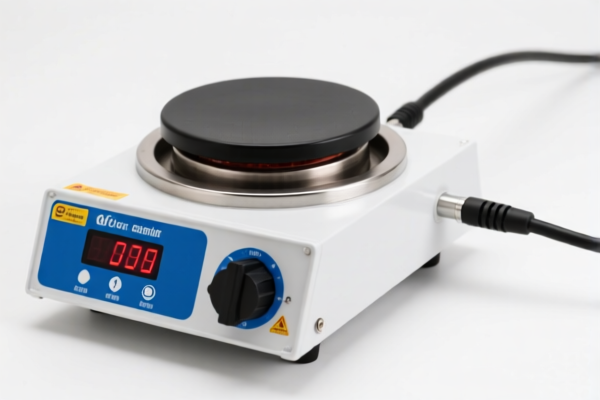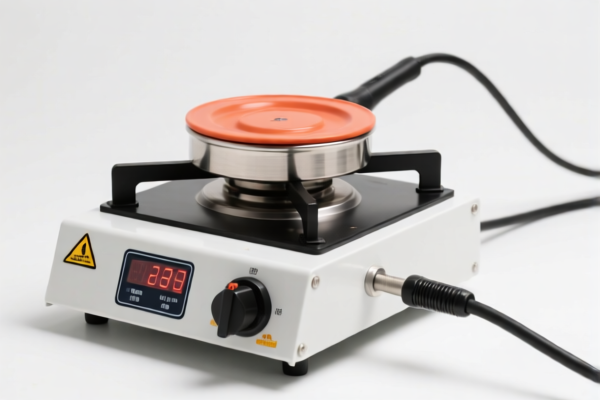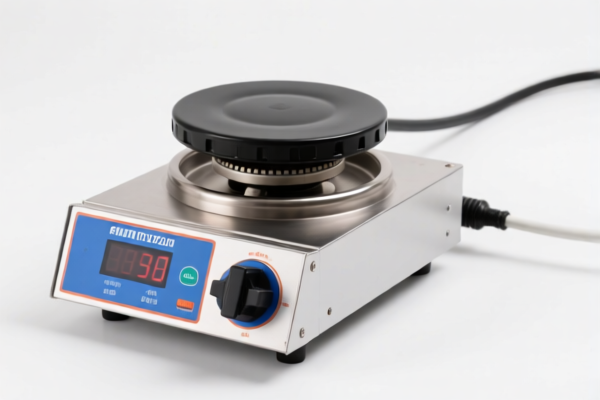| HS Code | Official Doc | Tariff Rate | Origin | Destination | Effective Date |
|---|---|---|---|---|---|
| 8419110000 | Doc | 55.0% | CN | US | 2025-05-12 |
| 8419110000 | Doc | 55.0% | CN | US | 2025-05-12 |
| 8514204000 | Doc | 59.0% | CN | US | 2025-05-12 |
| 8514400000 | Doc | 55.0% | CN | US | 2025-05-12 |
| 8403100000 | Doc | 37.5% | CN | US | 2025-05-12 |
| 8481809015 | Doc | 57.0% | CN | US | 2025-05-12 |
| 8516100040 | Doc | 37.5% | CN | US | 2025-05-12 |
| 8545110010 | Doc | 55.0% | CN | US | 2025-05-12 |
| 8545110050 | Doc | 55.0% | CN | US | 2025-05-12 |
| 8544604000 | Doc | 58.5% | CN | US | 2025-05-12 |
| 8544606000 | Doc | 58.2% | CN | US | 2025-05-12 |
| 7321113010 | Doc | 80.0% | CN | US | 2025-05-12 |
| 7321113050 | Doc | 80.0% | CN | US | 2025-05-12 |
| 7322110000 | Doc | 55.0% | CN | US | 2025-05-12 |
| 7322190000 | Doc | 80.0% | CN | US | 2025-05-12 |




Hot Water Heater
A hot water heater, also commonly known as a water heater, is an appliance that heats water for use in residential, commercial, and industrial applications. Its primary function is to provide a readily available supply of hot water for various needs, including showering, dishwashing, laundry, and heating systems.
Materials
Hot water heaters are constructed from a variety of materials, the most common being:
- Steel: The tank itself is typically made of steel, often with an internal glass or porcelain lining to prevent corrosion.
- Copper: Used extensively for plumbing connections and heat exchanger components.
- Aluminum: Found in some heat exchanger designs, offering good heat transfer properties.
- Stainless Steel: Increasingly common for tank construction due to its superior corrosion resistance, though generally more expensive.
- Plastic/Polymer: Used in tankless models for certain components and in some point-of-use heaters.
Purpose
The core purpose of a hot water heater is to provide heated water on demand. This facilitates:
- Hygiene: Showers, baths, handwashing.
- Cleaning: Dishwashers, washing machines, general cleaning tasks.
- Comfort: Radiant floor heating, baseboard heating.
- Industrial Processes: Various applications requiring heated water.
Function
Hot water heaters operate on the principle of transferring heat to water, typically using one of the following methods:
- Gas Combustion: Natural gas or propane is burned to heat the water.
- Electric Resistance: Electric heating elements directly heat the water.
- Heat Pump: Transfers heat from the surrounding air to heat the water (more energy-efficient).
- Solar: Utilizes solar energy to heat the water.
The water is stored in an insulated tank (in tank models) or heated on demand as it flows through the unit (in tankless models). A thermostat regulates the water temperature. Safety features like temperature and pressure relief valves are crucial for preventing overheating and explosions.
Usage Scenarios
- Residential: Homes and apartments for everyday hot water needs.
- Commercial: Hotels, restaurants, hospitals, laundromats, requiring high volumes of hot water.
- Industrial: Manufacturing facilities, processing plants, utilizing heated water in various processes.
- Recreational: RVs, boats, cabins, providing hot water in remote locations.
Common Types
- Tank Water Heaters: The most traditional type, storing a fixed volume of heated water. Available in gas, electric, and propane models.
- Conventional: Standard tank heaters with a burner or elements at the bottom.
- High-Efficiency: Feature improved insulation and sometimes heat pump technology.
- Tankless Water Heaters (On-Demand): Heat water only when needed, offering continuous hot water and energy savings. Available in gas and electric models.
- Heat Pump Water Heaters (Hybrid): Utilize electricity to move heat rather than generate it, significantly increasing efficiency.
- Solar Water Heaters: Harness solar energy to preheat or fully heat water.
- Point-of-Use Water Heaters: Small, localized heaters for providing hot water to a single fixture (e.g., a sink).
- Condensing Water Heaters: High-efficiency gas models that capture exhaust gases for additional heat recovery.
Hot water heaters encompass a range of products designed to heat water for various applications. Based on the provided information, several HS codes may be relevant depending on the specific type and fuel source of the heater.
Here are the relevant HS codes:
-
8419110000: This code covers machinery, plant, or laboratory equipment for the treatment of materials by a process involving a change of temperature (such as heating), specifically instantaneous or storage water heaters, nonelectric. This includes instantaneous gas water heaters.
- 84: Chapter 84 relates to Nuclear reactors, boilers, machinery and mechanical appliances; parts thereof.
- 19: Heading 19 specifies machinery and mechanical appliances for the treatment of materials.
- 11: Subheading 11 focuses on instantaneous or storage water heaters, nonelectric.
- 00: This further specifies the code for the product.
- Tax Details: The base tariff is 0.0%, with an additional tariff of 25.0%. After April 2, 2025, the additional tariff increases to 30.0%, resulting in a total tariff of 55.0%.
-
8516100040: This code covers electric instantaneous or storage water heaters and immersion heaters. It specifically includes storage water heaters.
- 85: Chapter 85 relates to Electrical machinery and equipment.
- 16: Heading 16 specifies electric water heaters and immersion heaters.
- 10: Subheading 10 focuses on electric instantaneous or storage water heaters and immersion heaters.
- 00: This further specifies the code for the product.
- 40: This further specifies the code for storage water heaters.
- Tax Details: The base tariff is 0.0%, with an additional tariff of 7.5%. After April 2, 2025, the additional tariff increases to 30.0%, resulting in a total tariff of 37.5%.
-
7321113010: This code covers stoves, ranges, grates, cookers (including those with subsidiary boilers for central heating), barbecues, braziers, gas rings, plate warmers and similar nonelectric domestic appliances, and parts thereof, of iron or steel; cooking appliances and plate warmers for gas fuel or for both gas and other fuels; stoves or ranges of a maximum width not exceeding 70 centimeters.
- 73: Chapter 73 relates to Iron or steel articles.
- 21: Heading 21 specifies stoves, ranges, grates, cookers, etc.
- 11: Subheading 11 focuses on cooking appliances and plate warmers.
- 30: Subheading 30 focuses on cooking appliances and plate warmers for gas fuel or for both gas and other fuels.
- 10: This further specifies the code for stoves or ranges of a maximum width not exceeding 70 centimeters.
- Tax Details: The base tariff is 0.0%, with an additional tariff of 25.0%. After April 2, 2025, the additional tariff increases to 30.0%, resulting in a total tariff of 80.0%.
-
7321113050: This code covers stoves, ranges, grates, cookers (including those with subsidiary boilers for central heating), barbecues, braziers, gas rings, plate warmers and similar nonelectric domestic appliances, and parts thereof, of iron or steel; cooking appliances and plate warmers for gas fuel or for both gas and other fuels; stoves or ranges of a maximum width exceeding 80 centimeters.
- 73: Chapter 73 relates to Iron or steel articles.
- 21: Heading 21 specifies stoves, ranges, grates, cookers, etc.
- 11: Subheading 11 focuses on cooking appliances and plate warmers.
- 30: Subheading 30 focuses on cooking appliances and plate warmers for gas fuel or for both gas and other fuels.
- 50: This further specifies the code for stoves or ranges of a maximum width exceeding 80 centimeters.
- Tax Details: The base tariff is 0.0%, with an additional tariff of 25.0%. After April 2, 2025, the additional tariff increases to 30.0%, resulting in a total tariff of 80.0%.
Important Note: For HS codes 7321113010 and 7321113050, please note that the additional tariff applies to steel and aluminum products, resulting in a total tariff of 80.0%.
Customer Reviews
No reviews yet.